
MAY 2025
Intake

1. Why Study in Australia?
Top-Quality Education: Australia has some of the best universities in the world, with seven institutions in the top 100 global rankings.
Wide Range of Courses: Offers over 22,000 courses in 1,100 institutions, catering to various fields and levels of study.
Multicultural Environment: Known for its friendly, inclusive, and diverse culture.
Safe and Supportive: Ranked among the safest countries, with support systems for international students.
Post-Study Work Opportunities: Generous post-study work visas make it attractive for students seeking career opportunities.
2. Popular Study Programs
STEM (Science, Technology, Engineering, and Math): Engineering, IT, Environmental Science, Data Analytics.
Business & Management: MBA, Marketing, International Business.
Medicine & Healthcare: Nursing, Public Health, Biomedicine.
Creative Arts & Design: Graphic Design, Fine Arts, Animation.
Social Sciences: Psychology, International Relations, Sociology.
3. Top Universities in Australia
Australian National University (ANU)
University of Melbourne
University of Sydney
University of Queensland
Monash University
University of New South Wales (UNSW)
University of Western Australia
4. Cost of Education in Australia
The cost depends on the course and institution. Below is an approximate range:
Degree TypeAnnual Tuition FeeUndergraduate Bachelor'sAUD 20,000 – AUD 45,000Postgraduate Master'sAUD 22,000 – AUD 50,000Doctoral Programs (PhD)AUD 18,000 – AUD 42,000Vocational Education (TAFE)AUD 4,000 – AUD 22,000
5. Living Expenses
ExpenseCost (Per Year)AccommodationAUD 9,600 – AUD 20,000Groceries & Eating OutAUD 3,600 – AUD 7,200TransportAUD 1,200 – AUD 2,400MiscellaneousAUD 3,000 – AUD 5,000
6. Scholarships for International Students
Australian Government Scholarships: Australia Awards, Research Training Program (RTP).
University Scholarships: UNSW International Scholarships, Melbourne Graduate Scholarship.
Private Organization Grants: Rotary Peace Fellowships.
7. Student Visa Requirements
Visa Type: Subclass 500 (Student Visa).
Requirements:
Confirmation of Enrollment (CoE) from an Australian institution.
Evidence of financial capacity.
English language proficiency (IELTS, TOEFL, or PTE).
Health insurance (Overseas Student Health Cover - OSHC).
8. Intakes in Australia
Australian universities typically have two main intakes:
February Intake: Major intake.
July Intake: Secondary intake. Some universities also have November or trimester intakes.
9. Post-Study Work Opportunities
Post-Study Work Stream: Graduates can stay and work for 2-4 years after their degree.
Skilled Migration Program: Opportunities for permanent residency through General Skilled Migration (GSM).
10. Cities for International Students
Sydney: Vibrant, cultural, and home to top universities.
Melbourne: Known for arts, culture, and high-quality education.
Brisbane: Affordable living, great weather, and strong academic programs.
Adelaide: Peaceful environment with world-class universities.
Perth: High employability and stunning landscapes.
11. Key Benefits of Studying in Australia
Globally recognized degrees.
Opportunity to work part-time during studies (up to 48 hours per fortnight).
Pathway to permanent residency for eligible graduates.
12. How We Can Help
Our agency provides:
Assistance with university and course selection.
Scholarship applications and visa process guidance.
Preparation for English proficiency tests.
Post-arrival support and accommodation arrangements.
Essential Information for Studying in the Australia
Key information for international students: living costs, health services, part-time jobs, and top universities.
Top Universities in Australia
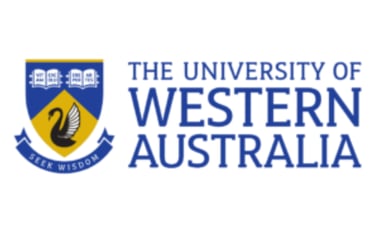





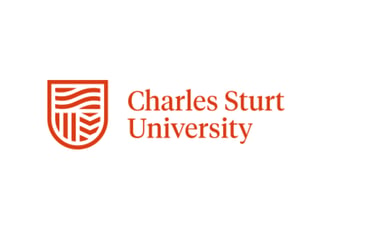

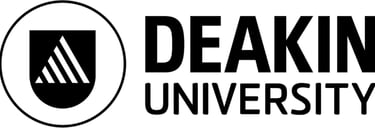

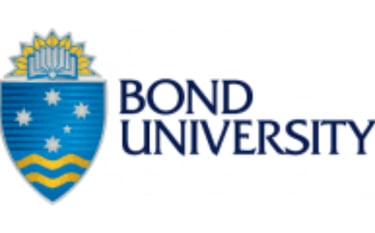

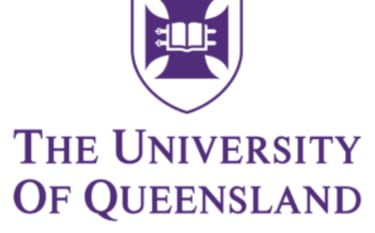



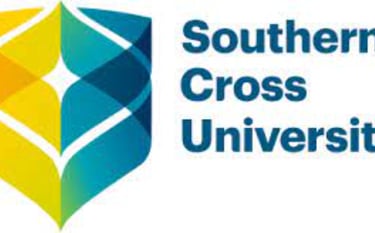

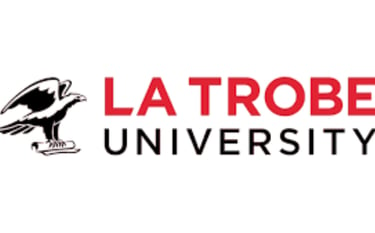

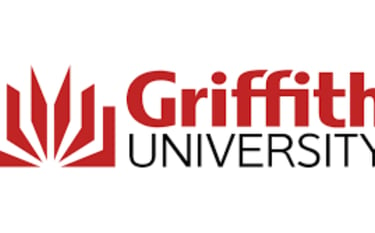




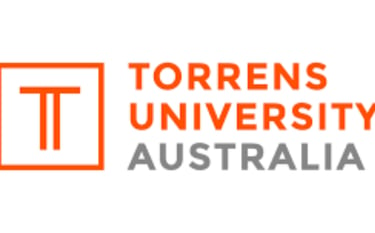

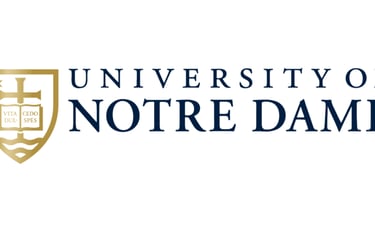

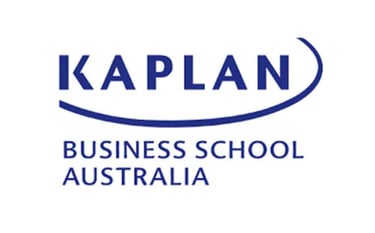

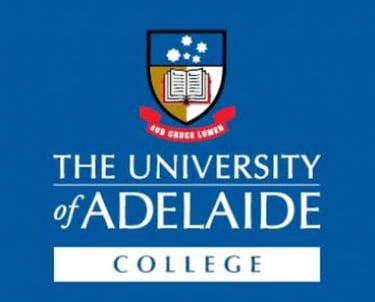

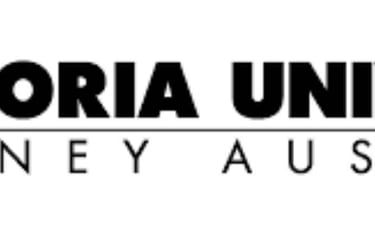
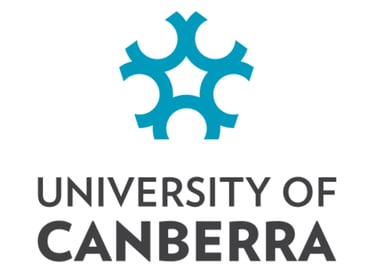

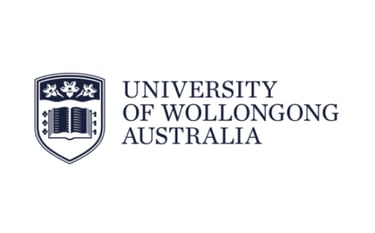

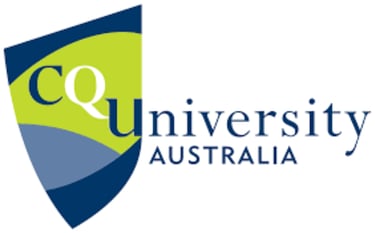

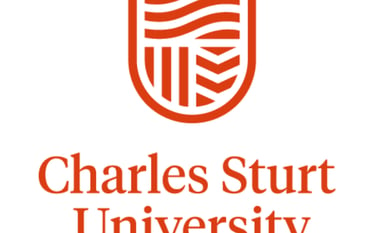

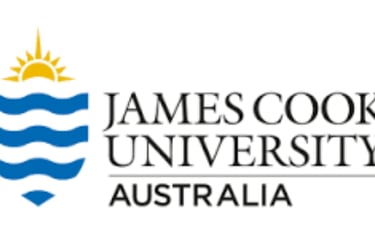

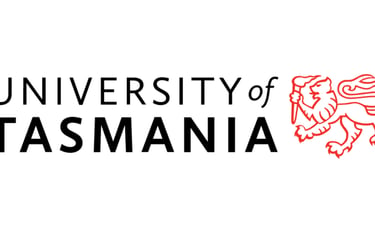

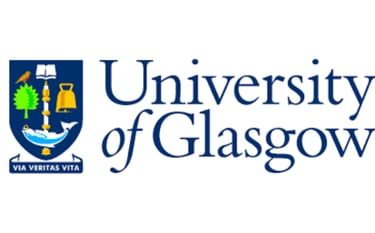

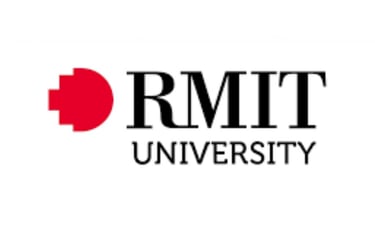

MEQAT STUDY CONSULTANTS
© 2024. All rights reserved.
STUDY DESTINATIONS
USEFUL LINKS
CAS Preparation
Accommodation Abroad
Work Permit After Studies
Visa Process Guide
Pre-Departure Information
Head Office!
M 1-4, Mezzanine Floor, Jeddah Centre, Raja Gahazanffar Ali Rd, Saddar, Karachi, Pakistan
ceo@meqatstudyconsultants.com
Our Offices: KARACHI | LAHORE | ISLAMABAD | Bahawalpur
